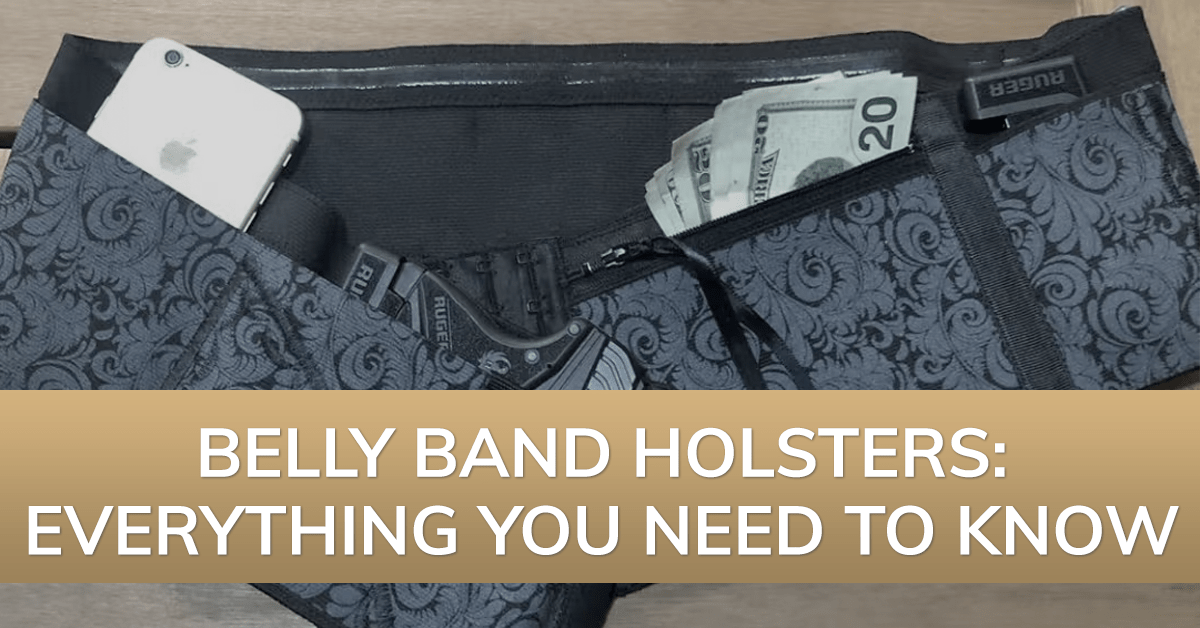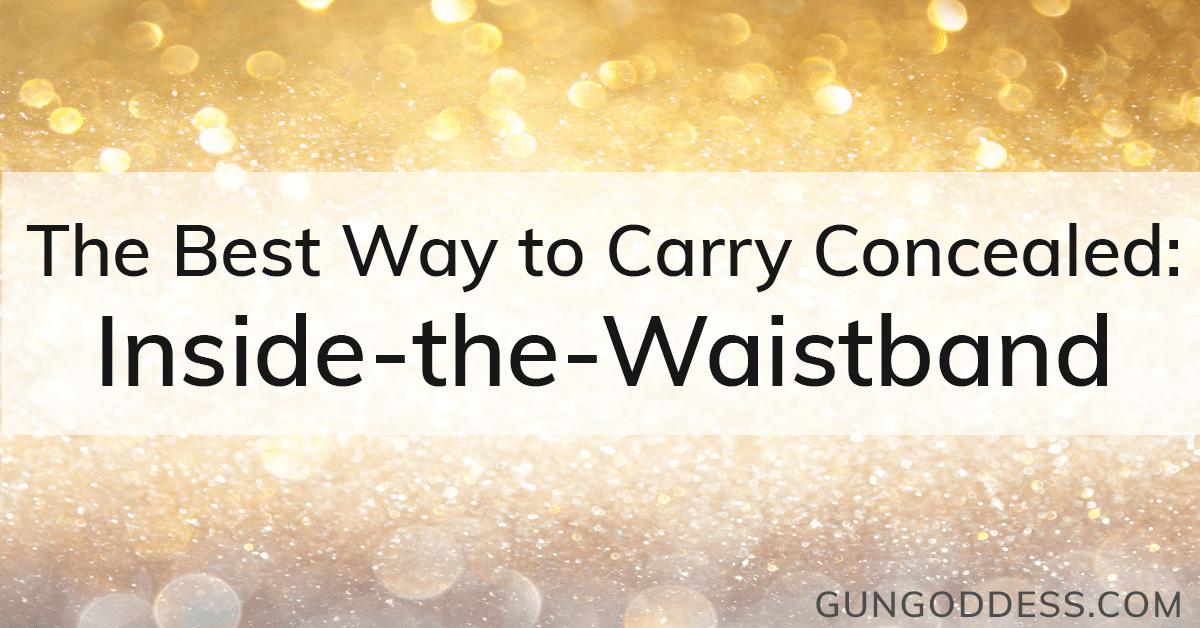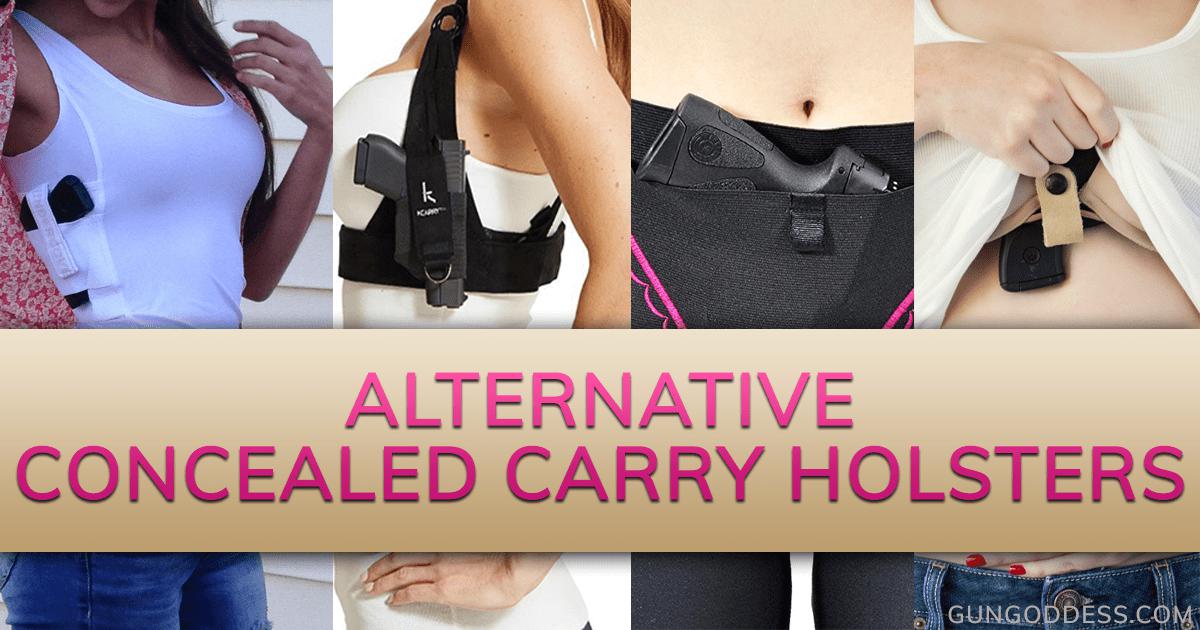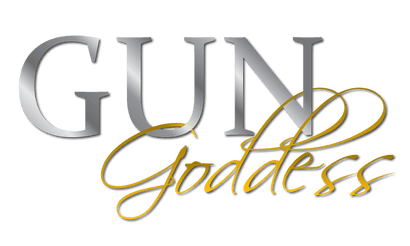Your Cart is Empty
Orders Over $100 Ship FREE (USA)!
Orders Over $100 Ship FREE (USA)!
CONCEALED CARRY
(Apparel with holster pockets or concealed-carry features)
(Apparel with holster pockets or concealed-carry features)
PARTS & GEAR
RANGE STYLE
Gift shopping & not sure about size or style? Give a gift card instead!
Gift shopping & not sure about size or style? Give a gift card instead!
GIFT IDEAS
The entire site is full of products that make great gifts, so browse all of our collections! Still not sure? Give a gift card!
The entire site is full of products that make great gifts, so browse all of our collections! Still not sure? Give a gift card!
EXPLORE
Inside the Waistband Holsters: What You Need to Know
4 min read
When searching for a good concealed carry holster, one term that comes up frequently is IWB. You've probably seen the acronym before, but what does it mean?
IWB stands for Inside the Waistband. In this style of concealed carry, your firearm is held between your body and the waistband of your pants, shorts or sometimes skirts. While this may not seem like a comfortable place for a holster, we encourage you to give it a try. You might be surprised!
Why IWB?
While Outside the Waistband (OWB) holsters are normally worn on the strong side hip, an IWB holster can be worn literally anywhere inside your waistband, depending on the firearm, your individual build, and comfort. An IWB is a good choice for concealed carry because it hides the majority of your firearm, which reduces the chances of printing.
Just as with any holster, the key elements are retention, trigger safety, and gun fit. When referring to the location of an IWB on your waistband, it is easy to think of your waist as a clock, with 12 o'clock being your belly button and 6 o'clock being the small of your back. So if you were wearing your IWB on your right side hip, you would refer to that position as 3 o'clock.
IWB Materials
Just as with OWB holsters, the primary materials for construction of the holster itself are Kydex (or another kind of molded, hard plastic), leather and nylon.
 One of the most common types of material for an IWB is Kydex or a Kydex-like material. Kydex is a rigid plastic that a holster maker can heat and mold to fit all the frame details of your particular handgun. There are two popular types of IWB made from Kydex, one that is more minimalist in nature is a Kydex shell with a strong metal clip that goes over your waistband and belt. Other IWB holsters have a large piece of leather or suede that actually lays against your skin to create a more comfortable fit.
One of the most common types of material for an IWB is Kydex or a Kydex-like material. Kydex is a rigid plastic that a holster maker can heat and mold to fit all the frame details of your particular handgun. There are two popular types of IWB made from Kydex, one that is more minimalist in nature is a Kydex shell with a strong metal clip that goes over your waistband and belt. Other IWB holsters have a large piece of leather or suede that actually lays against your skin to create a more comfortable fit.
Just as with an OWB, many Kydex IWB holsters have retention screws to adjust how snug the gun fits within the holster. The benefit of Kydex IWB is that it feels secure and sturdy. One potential downside may be the rigid holster is a bit uncomfortable. But again, this is very personal and with the versatility of an IWB, just moving it along your belt a little bit forward or back to find the “sweet spot” for your comfort can make all the difference.
 Leather is another common material for inside the waistband holsters. Leather holsters and the leather part of the holster that creates a barrier between the holster and your skin will break in with wear, creating an almost custom fit to your particular body type that will make the holster more comfortable. Some wearers do experience sweatiness from leather holsters, especially in really hot locales. If the leather is pliable and not rigid, it can be difficult to reholster your firearm because the opening will close up once the firearm is removed.
Leather is another common material for inside the waistband holsters. Leather holsters and the leather part of the holster that creates a barrier between the holster and your skin will break in with wear, creating an almost custom fit to your particular body type that will make the holster more comfortable. Some wearers do experience sweatiness from leather holsters, especially in really hot locales. If the leather is pliable and not rigid, it can be difficult to reholster your firearm because the opening will close up once the firearm is removed.
Nylon holsters are generally a less expensive option. There are some soft side holsters that have no clip - they are made of a material that grips, depending on friction to keep the holster in place. These holsters are not a good choice with loose clothing - you'll need a tighter waistband or belt for this type of holster.
Waist Locations
There are several popular locations along your waist where you can wear an IWB holster. The key to determining what works for you is actually wearing the holster as well as practicing the draw from the location of choice.
Starting from the belly button and working around the belt, some people do carry directly in the 12 o'clock position or right under the belly button. This is not the most popular location and depending on build, could limit you to smaller firearms.
The 1:00 or 2:00 location - this is also called appendix carry. Appendix carry is very popular among concealed carry holders because most people can find a very comfortable spot to wear the holster. Depending on the size of the gun, sitting, standing, getting in and out of a vehicle and other physical movement is not hindered while carrying here.
The 3:00 location- this is a popular location for strong side carry if you are right-handed. If you learned and regularly take classes where you draw from strong side outside the waistband holster, an IWB in this location is a natural fit.
If you are left-handed, this would be a cross draw location for you. Remember that even though wearing an IWB on the right side would still require you to purchase a left-handed holster so the grip is in the right position for cross drawing the firearm.
The 4:00 and 5:00 position - this position is not as popular, but it's still used by some. Normally, this would require a change in cant or angle of the firearms so that it is readily accessible on your strong side. If you are a left handed shooter, this position on the right side of the body is not easy to access safely. On this portion of your body, sitting, especially in a vehicle might be a tad uncomfortable with an IWB holster.
Small of the back or 6:00 position- this is another popular location for concealed carry. The key to this position is that if you are a right-handed person, you will need a left-handed holster and vice versa in order for the grip to be in a position to make the draw.
Conclusion
Carrying Inside the Waistband is a versatile way to carry because it is easy to make adjustments to position to get the correct fit for your needs. Most people find that IWB is an easy, comfortable way to carry your firearm concealed and some holsters even allow a shirt to be tucked in without giving away the position of the gun.
As with any method of carrying a firearm, practicing your draw is extremely important to make sure you can draw and reholster safely. Many ranges will not allow you to draw from an inside the waistband holster with a loaded firearm, but you can practice with an unloaded firearm. When practicing your draw, make sure your gun is unloaded and there is no ammunition near you.
Also in All About Holsters: Holster Styles

Belly Band Holsters: Everything You Need To Know
4 min read
Here's everything you need to know about belly band holsters so you can make a more informed decision when buying one.
Read More
The Best Way to Carry Concealed: Inside-the-Waistband (IWB)
3 min read
While it’s relatively easy to get started with IWB carry, there are some things you need to know and prepare for to make sure you are carrying safely.
Read More
Alternative Concealed Carry Holsters: Which One is Right for You?
6 min read
These days there are several "alternative" ways to carry your firearm, including holster types that don't fit into the traditional IWB and OWB categories.
Read More